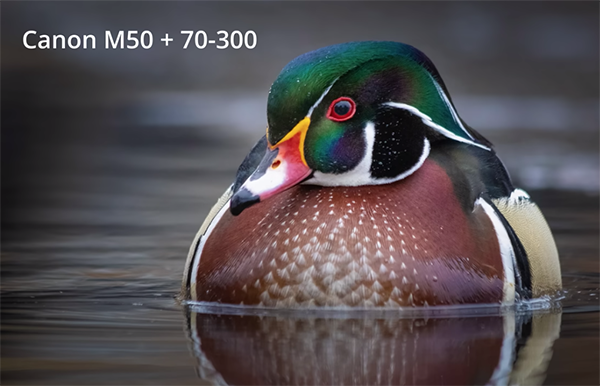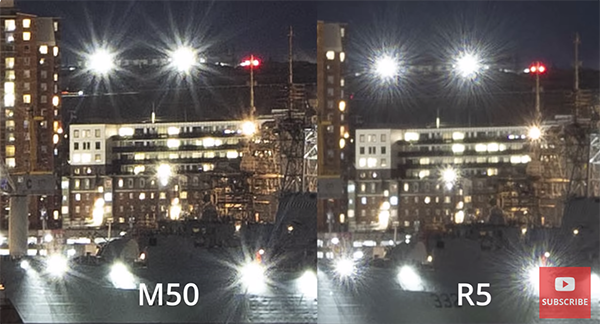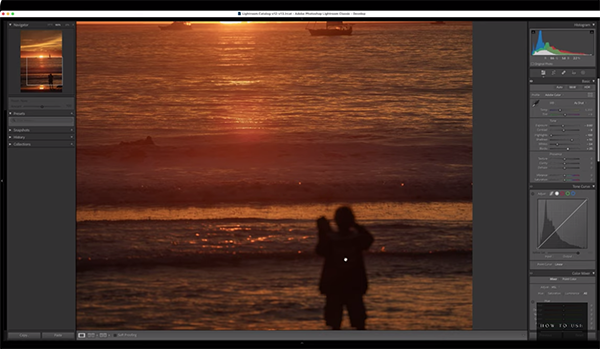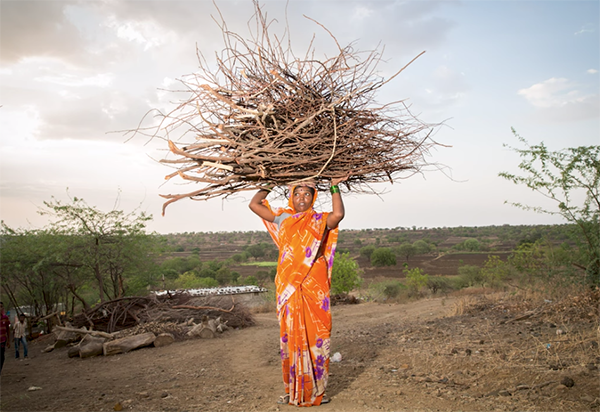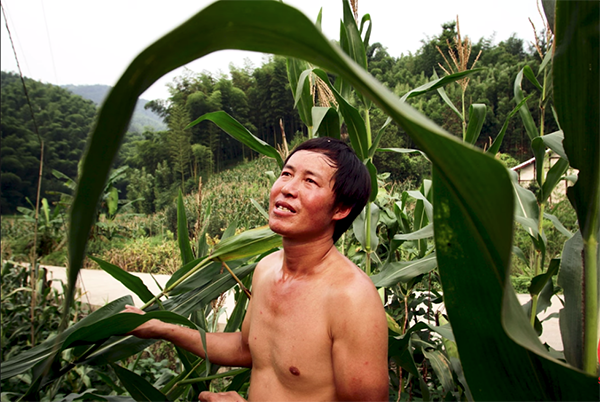3 ‘Must Haves’ for All Content Creators from OWC & Announcing OWC’s Blazing-fast CEexpress Reader
OWC has expanded their end-to-end ecosystem of professional storage solutions by adding three new items of vital interest to content creators, moviemakers and photographers in general. Their latest innovation is their Atlas USB4 CFexpress Type B 4.0 Memory Card Reader. Here’s the total rundown. If you want to speed up your workflow and improve data safekeeping, you need to read this.
When I think of OWC, three thoughts immediately come to mind: superb quality, outrageous operational speed and trustworthy data safety. Additionally, I consistently find OWC products to be attractively designed, thoughtfully engineered and absolutely affordable.
If you’ve never heard of OWC (Other World Computing), know that OWC is a premier zero-emissions Mac and PC technology company, and a respected provider of high quality memory, external drives, SSDs, Mac and PC docking solutions, NAS (Network Attached Storage) and performance upgrade kits. They’ve been around since 1988 (and they also sell refurbished Macs of various varieties at friendly prices).
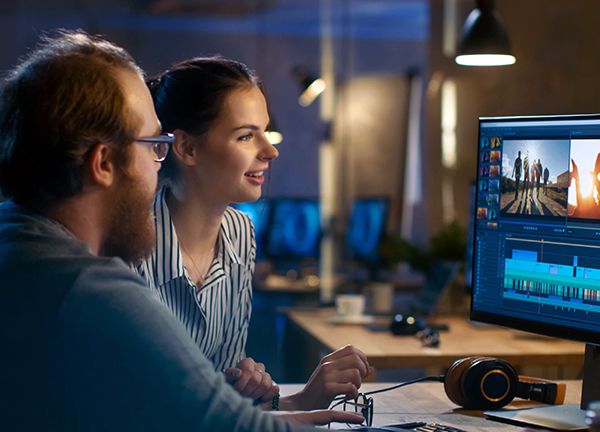
Built for SPEED
Fortuitously for photographers and filmmakers, OWC’s strongest asset overall in my opinion is extraordinary operational speed. OWC products often lead their category in speed—Read speed, Write speed, data throughput, et al. No creative person likes wasting time waiting for files to load, be saved or transferred to offline storage. Speed is supreme.
What’s New, Not in Chronological Order
We’re listing OWC’s latest innovations in the order we think is most important to digital image enthusiasts. We’re focusing on features and benefits and minimizing the technical lab jargon.
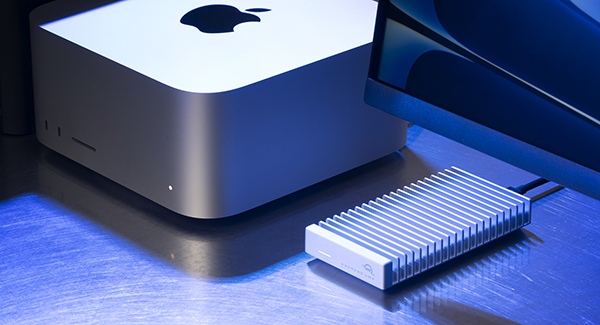
OWC Express 1 M2
The OWC Express 1 M2 is a drive enclosure that supports USB4, Thunderbolt and USB-C interfaces. It is the fastest single-blade NVMe drive to date with real-world speeds up to 3151 MB/s. The throughput speed significantly surpasses traditional SSD interfaces, making it perfect for 8K video and high-res photo editing.
The Express 1 M2 is offered in several configurations including unpopulated so you can build your own configuration (it’s simple and easy; OWC even includes the one screwdriver you need) or choose ready-to-run solutions with a preinstalled OWC Aura SSD in capacities up to 8TB. The benefit is the option to buy the capacity you need exactly, or go the DIY route.
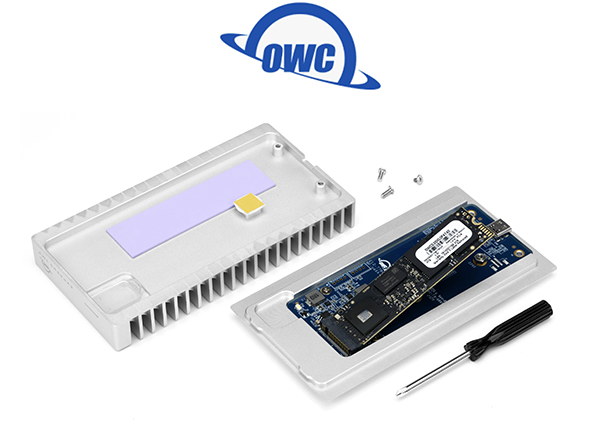
The OWC Express 1 M2 is bus powered, meaning it does not require an external power supply and instead gets its juice from the computer. It’s small—about one size smaller than my iPhone, only thicker—and features a deep heatsink to prevent overheating of the SSD inside. It’s backed by a 3-year OWC Limited Warranty when purchased with a drive preinstalled, or 2-year coverage if you buy the enclosure empty.
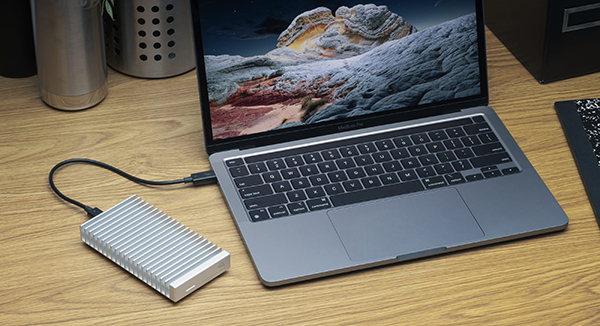
OWC Express 1M2 Pricing & Availability
Express 1M2 is available empty without an SSD or in 1TB, 2TB, 4TB, or 8TB capacities starting at $119.99 for the 0TB enclosure only. You can order today directly from OWC.
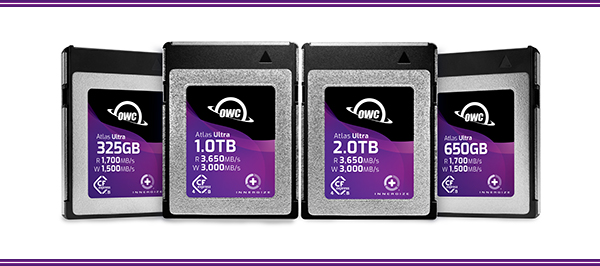
OWC Atlas CFexpress 4.0 Type B Memory Cards
The new Atlas Pro 256GB, Atlas Pro 512GB, Atlas Ultra 1TB and Atlas Ultra 2TB cards can deliver astonishing 3650 MB/s read and 3000 MB/s write speeds, enabling you to efficiently record and process 4K, 6K, and 8K+ videos using the latest (and the next) generation of cameras, plus access and offload content for editing and distribution at amazing transfer speeds.
Despite these extreme levels of performance, the power consumption of OWC memory cards is only one-third of the threshold allowed by the specification, making them ideal for battery-operated cameras.
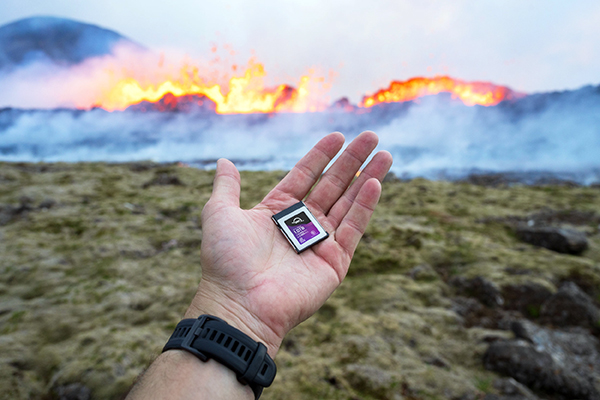
Additionally, users can deploy OWC’s proprietary Innergize software to upgrade the firmware on previous PCIe Gen3 Atlas Ultra 1TB and 2TB cards to CFexpress 4.0 firmware. Innergize confirms the health of an Atlas card to ensure it’s reliable to use, and then cleans and restores performance so there are zero dropouts when shooting video or continuous burst photos. Atlas owners can upgrade their firmware to ensure OWC cards and readers perform optimally at all times. There is no charge for the software.
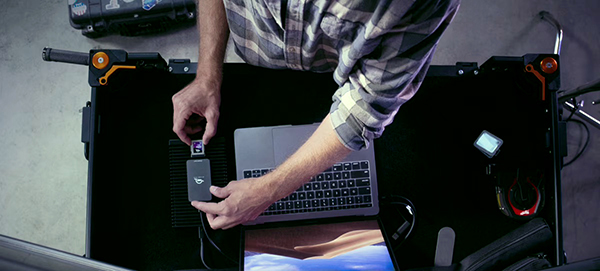
OWC Atlas CFexpress 4.0 Type B Card Pricing & Availability
Atlas Pro CFexpress 256GB and 512GB memory cards are now available priced at $169.99 and $199.99 respectively. Atlas Ultra CFexpress 1TB ($579.99) and 2TB ($999.99) memory cards are also now available directly from OWC.
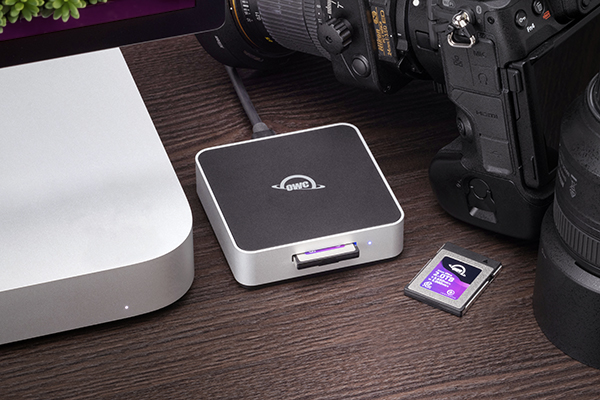
OWC Atlas USB4 CFexpress Type B 4.0 Memory Card Reader
How important is a card reader? Ask anyone who’s ever spent what seemed like an eternity transferring videos and images to or from a card. Cards with gigantic capacities are a godsend, but they can be a bitchy bottleneck in your workflow.
OWC just introduced the Atlas USB4 CFexpress Type B 4.0 Memory Card Reader which, according to their internal, historically accurate testing, is the fastest reader in the world regardless of the type of port it’s connected to, including USB4, USB 3.2 Gen2, Thunderbolt4 and Thunderbolt3. (I told you up front that OWC products are faster than a marshmallow Peep melts in a 1500W microwave.)
How Fast Is It?
Specification numbers alone can be only mildly informative. Instead we reach for examples that align more closely with real-world performance. Here are some speed comparisons that can be independently replicated. We’re comparing the OWC Atlas USB4 CFexpress Type B 4.0 reader to a conventional USB 3.2 reader, possibly what you’re currently using. OWC conducted the testing; historically their methodology has been precise and accurate.
Transfer 15,000 Raw 45-megapixel images and 15,000 JPEG images with Canon R5C (approximately 1.02TB):
OWC Atlas USB4 CFexpress Type B 4.0 reader: 6 minutes, 19 seconds
Conventional USB 3.2 reader: 25 minutes, 11 seconds
Transfer 68 minutes of Blackmagic BRAW video in Q0 compression at 30fps from BMPCC 6K Pro (approximately 1.02TB):
OWC Atlas USB4 CFexpress Type B 4.0 reader: 5 minutes, 38 seconds
Conventional USB 3.2 reader: 24 minutes, 23 seconds
OWC obtained similar results using a Nikon Z9 and 23 minutes of 8K N-RAW HQ video at 60fps. The new OWC reader bested conventional USB 3.2 readers by a score of 5:51 vs 24:10.

To prevent CFexpress cards from throttling during continuous, sustained, high-speed write operations, the Atlas USB4 CFexpress Type B 4.0 reader is equipped with leading edge heat sink technology. (More heat is generated during Write operations compared to Read operations.)
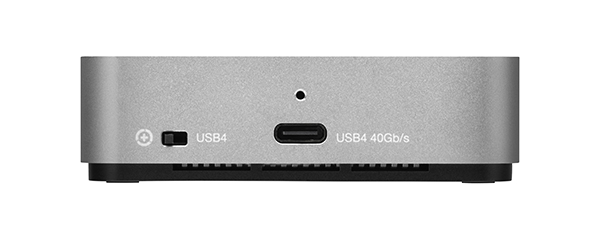
The Atlas USB4 CFexpress Type B 4.0 has a unique switch on the back that confirms compatibility with OWC’s Innergize utility software. It also enables users to benefit from the card reader’s advantages when it’s connected to older MacBook computers with 10.13.x, 10.14.x or 10.15x macOS.
Atlas USB4 CFexpress Type B 4.0 Pricing & Availability
Surprise. The Atlas USB4 CFexpress Type B 4.0 Memory Card Reader costs only $99.99. The reader will be available online directly from OWC in early March, possibly sooner.
Conclusion
You know where the pinch points are in your workflow. What’s been bringing you down? If you need speed, capacity or reliability, take a close look at these OWC products.
—Jon Sienkiewicz


